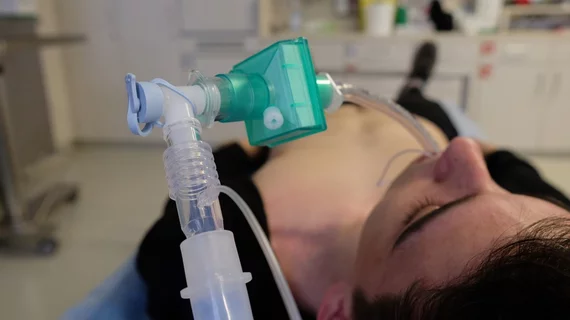Ventilator dilemma: ‘Are we comfortable sacrificing this group in exchange for saving more lives?’
An ethically fraught game of numbers is quietly rising against the din of hospitals shuffling ventilators to the hardest-hit COVID-19 patients. The heart of the matter is that more than 8,000 of the devices aren’t in hospitals to begin with.
They’re in nursing homes.
To put that not-insignificant number in perspective, U.S. hospitals have a collective 62,000 or so ventilators equipped for the most severe COVID cases. The National Strategic Stockpile, much in the news of late, is believed to hold another 10,000 to 20,000.
And while the 8,200 ventilators in nursing homes tend to be more basic—having been designed for long-term use not only by the elderly but also by stroke and brain-injured patients—many could be modified and sent to hospitals struggling to meet demand.
Which raises a confounding question: When, if ever, is it right to remove life support for a long-term nursing-care patient in order to boost survival odds for a COVID-19 patient?
Investigative multimedia reporter and broadcaster Joanne Faryon fleshes out the moral and ethical quandary, along with the numbers, in a feature-length article published April 7 in the Los Angeles Times.
“One ventilator can save multiple lives,” she writes. “The average time that a person sick with COVID-19 needed a ventilator was 11 days, according to an NEJM article that looked at critically ill patients in the Seattle region. Using that number, eight people could potentially be saved over three months.”
Among the sources Faryon quotes is Stuart Sherman, a former exec director of the New York State Task Force on Life and the Law. When the task force last updated its guidelines for allocating ventilators in 2015, members took up the question that’s at hand again in 2020.
“Are we comfortable sacrificing this group” of nursing-home patients, Sherman asks, “in exchange for saving more lives” during a pandemic?
Click here to read the full article.

